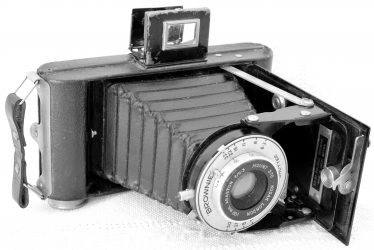Most photographers know the ‘golden rules’ of composition such as the ‘rule of thirds’, leading lines and grouping of threes, etc.
But these rules aren’t set in stone and can be broken.
Cropping
Sometimes you have to compose an image with a view to perhaps cropping it square later. You may decide that an image needs to be a little more symmetrical, and crop it accordingly. Another example is in shooting large buildings. Do you choose straight verticals or the different impression it creates with converging verticals? This is one that is best to get right in camera and maybe try both.
Post processing vs Bracketing
Personally I don’t like to spend a lot of time perfecting images in Photoshop, Lightroom (or my old favourite Nikon Capture NX-D programme). So I will try out various compositions and exposure bracketing in shooting. Then I can limit the editing to improving light and colour to better reflect how it appears to the eye. One thing I have recently learnt on an online course is that the fewer edits you do the better as over-processing can lead to artefacts in the finished image.
Composition in nature photography
This is all mainly with landscape photography in mind. In nature photography the composition is mainly related to content and depth of field. Birds, animals and insects tend to move quickly so you don’t always have time to get the positioning perfect. This kind of image often needs some judicial cropping afterwards.
The most important things to get right in nature photography are:
- sharp focus on your main object
- (mostly) shallow depth of field for a less distracting background
- negative space
None of these can be improved much in post-processing if the composition and camera settings were wrong in the first place.
As I have said before, I’m still learning and trying out new things. I will be adding some more images to my galleries soon.

